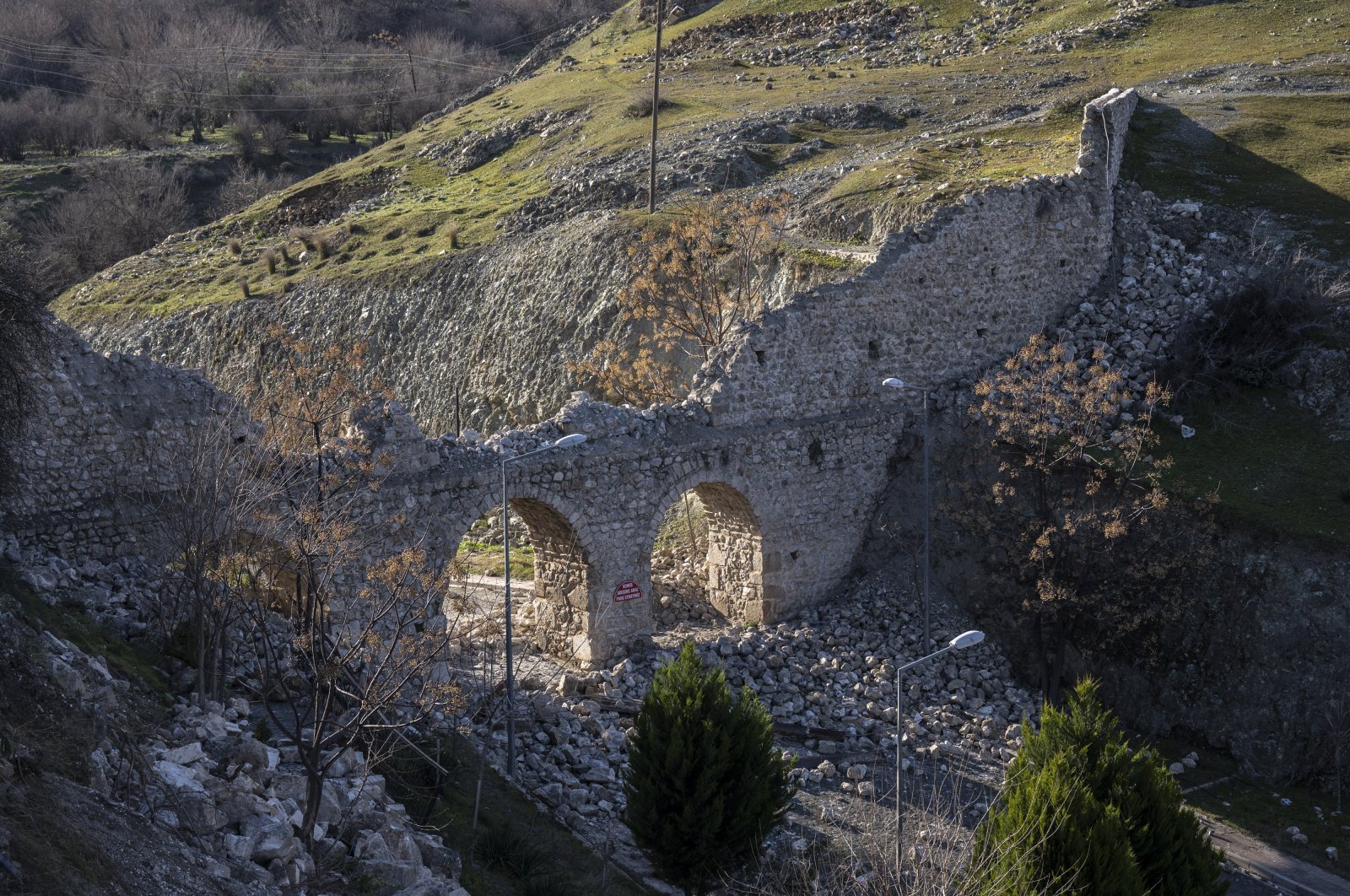
Trapessac, (Darb-ı Sak in Turkish) a medieval fortress that played a crucial role in the Crusader Princedom of Antakya, one of Türkiye's earthquake-stricken cities, was severely damaged in addition to many historical landmarks such as the Bayazid Bastami Shrine.
Earthquakes with a magnitude of 7.7 and 7.6, the epicenter of which was Kahramanmaraş, lead to the historical castle that was built on the mountain foot to collapse.
The Knights Templar built Trapessac in the 12th century, along with the nearby fortress at Bagras, to guard the Syrian Gates, a key passageway between the coastal region of Cilicia and inland Syria.
After a fierce two-week siege, the castle fell to Saladin in 1188. The castle's strategic location between the Principality of Antioch and the Armenian Kingdom of Cilicia made it a desirable target for both groups, and several attempts were made to retake it, including by Leo I of Armenia in 1205 and the Templars in 1237, but both efforts were unsuccessful.

Hetoum I regained control of the fortress in 1261 after the Mongols captured it, but it was surrendered to the Mamluks in 1266 to ransom his son Leo. Baybars took possession of the fortress in 1268, and in 1280, Abaqa Khan briefly regained control of it during his campaign to sack Aleppo, but ultimately abandoned it when he withdrew from Syria.
The rubble and huge rocks moving from the castle blocked the entrance of the shrine of Bayazid Bastami.
Bastami was a prominent Sufi who renounced all worldly pleasures to be closer to Allah, and this devotion ultimately led him to a state of "self-union," which many Sufi orders believe is necessary to attain unity with God.
Bayazid's grandfather was a Zoroastrian who converted to Islam, and the name "Bastami" refers to his family's origin in the town of Bastam. Sorushan had three ascetic sons named Adam, Isa and Ali. Bayazid, the son of Isa, was also an ascetic and spent most of his childhood isolated in his house and the mosque, but he still welcomed people to discuss Islam with him.
Those who heard that the tomb was damaged came to visit the tomb from all over Türkiye.
